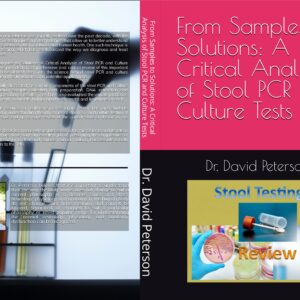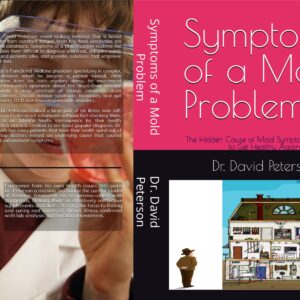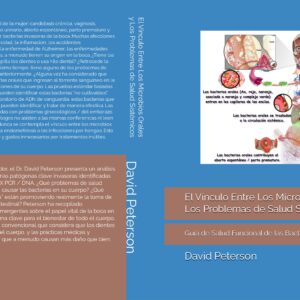Description
Revolutionizing Microbial Detection: The DNA Sequencing Advantage
In the past decade, DNA sequencing has transformed our understanding of microbial diversity, emerging as a superior tool for the detection, identification, and characterization of microorganisms. With unmatched efficiency, reliability, and reproducibility, DNA assessment delivers both qualitative and quantitative data. It has become the new gold standard for identifying bacteria in clinical microbiology, significantly advancing our knowledge of intestinal microbiota composition.

The Persistence of Conventional Methods
Despite the clear advantages of DNA analysis, conventional bacteriological methods, such as microscopy and culture, remain in use. Factors like the need for new equipment, training staff, and ongoing research commitments can hinder laboratories from adopting DNA sequencing. Moreover, traditional culture methods are still accessible and provide reasonably accurate results, making them a staple in many clinical settings. However, these methods come with significant limitations, including issues with transport, indeterminate quantification, and subjective techniques.

Key Limitations of Culture-Based Stool Assessment
Our review identifies six major pitfalls of conventional stool assessment methods:
1. Transport Issues: Culture analysis depends on live bacteria, necessitating nutrient broth containers during transport to keep bacteria alive. This method often leads to an imbalance in microbial populations, as some bacteria thrive at the expense of others. In contrast, DNA analysis uses Formalin vials, which kill all organisms and preserve the exact balance present at the time of collection, allowing for accurate microbial identification and better clinical outcomes.
2. Indeterminate Quantification and Identification: Traditional culture methods can provide presumptive results that may not accurately reflect the true microbial composition. DNA sequencing, however, offers precise identification and quantification of microbiota.
3. Subjective Techniques: Culture methods require skilled technicians and can be labor-intensive and subjective, leading to potential variability in results.
Demonstrated Superiority of DNA Analysis
Recent studies in our laboratory highlight the discrepancies between culture and DNA-based methods. Specimens transported in nutrient broth showed significant changes in microbial balance compared to those in Formalin vials. DNA extracted from these samples revealed different banding patterns, indicating varied microbial populations. Overgrowth of certain bacteria, such as Candida species, in nutrient broth further compromised the accuracy of culture-based assessments.
Conclusion
The limitations of culture-based stool assessment underscore the need for modernizing microbial detection methods. DNA sequencing provides a more accurate, efficient, and reliable alternative, ensuring precise microbial identification and better patient care. Embrace the future of clinical microbiology with DNA analysis, the new gold standard in bacterial identification.











Reviews
There are no reviews yet.